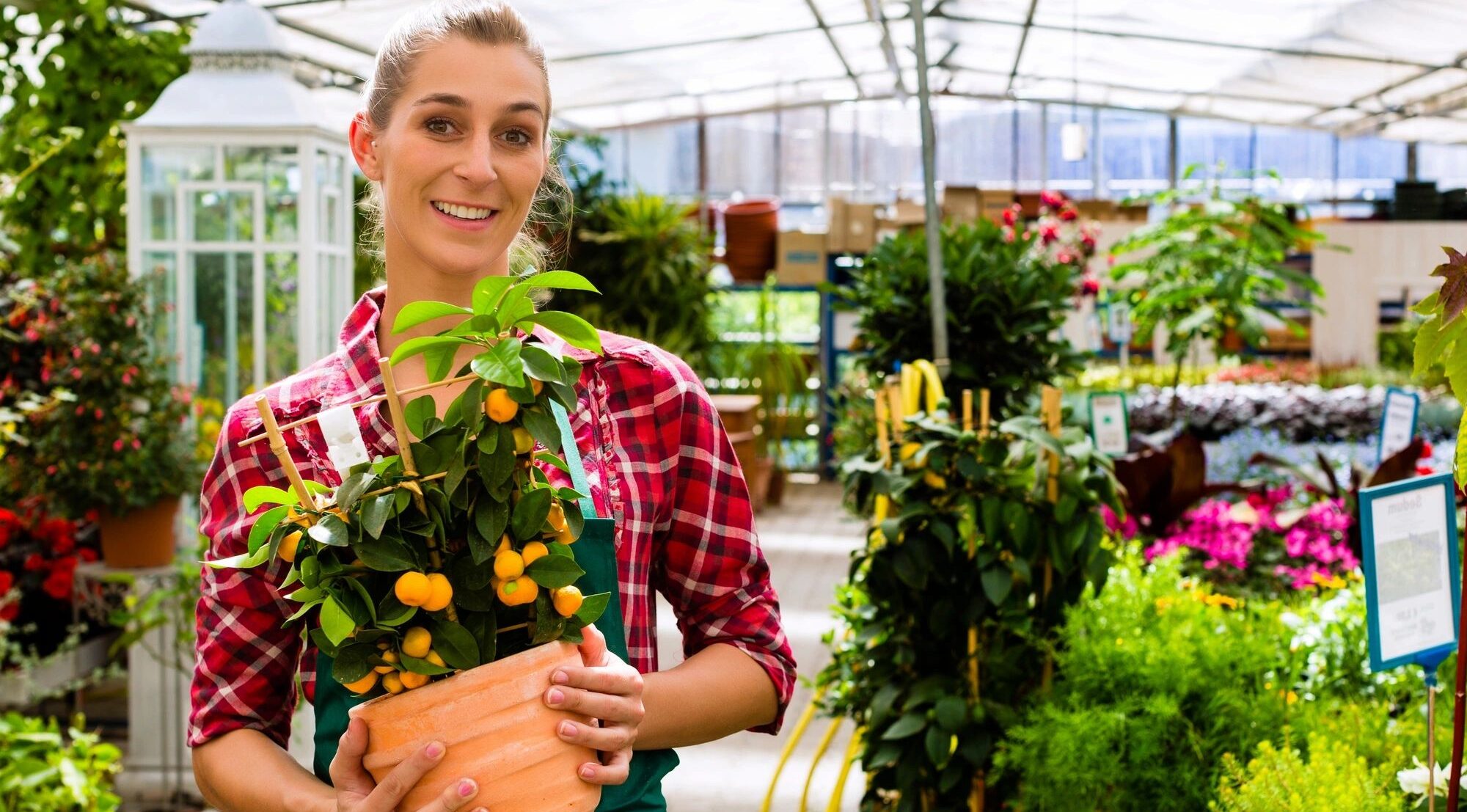Designing a Garden
Gardening is an incredibly rewarding hobby that allows you to connect with nature, exercise your creativity, and cultivate beauty in your own backyard. One of the most important aspects of gardening is garden design, as it sets the tone for the entire space and determines how well your plants will thrive. In this blog, we’ll explore the basics of garden design and provide tips for creating a beautiful and functional outdoor oasis.
- Start with a Plan
Before you start digging, it’s important to have a plan in place. Consider the following factors when designing your garden:
- Purpose: What do you want to use your garden for – relaxing, entertaining, growing vegetables, etc.?
- Climate: What plants thrive in your region’s climate and soil?
- Sun and Shade: How much sun does your garden get throughout the day?
- Space: How much space do you have to work with, and what are the dimensions of the area?
- Budget: How much money are you willing to spend on materials and plants?
Once you’ve considered these factors, you can create a rough sketch or use a garden design tool to create a more detailed plan.
- Choose a Focal Point
Every garden needs a focal point – a feature that draws the eye and adds interest to the space. This could be a statue, water feature, or even a particularly beautiful plant. Your focal point should be positioned at the center of the garden or along a prominent axis.
- Use Color and Texture to Create Contrast
One of the most important aspects of garden design is the use of color and texture. By using contrasting colors and textures, you can create a visually interesting and dynamic space. For example, you might plant bright red flowers next to deep green foliage, or use rough-hewn stone as a border for a bed of delicate flowers.
- Use Hardscaping to Define Spaces
Hardscaping refers to the use of non-plant materials in garden design, such as rocks, gravel, and pavers. By using hardscaping to define different spaces within your garden, you can create a sense of order and structure. For example, you might use a gravel path to separate a vegetable garden from a seating area, or install a stone wall to create a sense of enclosure and privacy.
- Consider the Seasons
A well-designed garden should be beautiful and functional year-round, not just in the summer months. When choosing plants, consider their bloom time and ensure that you have a variety of species that will bloom at different times throughout the year. You can also use evergreen plants to provide structure and interest during the winter months.
- Don’t Forget About Maintenance
Finally, when designing your garden, it’s important to consider the amount of maintenance required to keep it looking its best. Choose plants that are appropriate for your skill level and the amount of time you have to devote to upkeep. You can also incorporate low-maintenance features such as mulch beds and automatic irrigation systems.
Garden design is an important aspect of creating a beautiful and functional outdoor space. By considering factors such as climate, space, and purpose, you can create a plan that works for your needs and budget. Remember to use color and texture to create contrast, incorporate hardscaping to define spaces, and choose plants that bloom at different times throughout the year. With a little planning and creativity, you can create a garden that is both stunning and easy to maintain.


